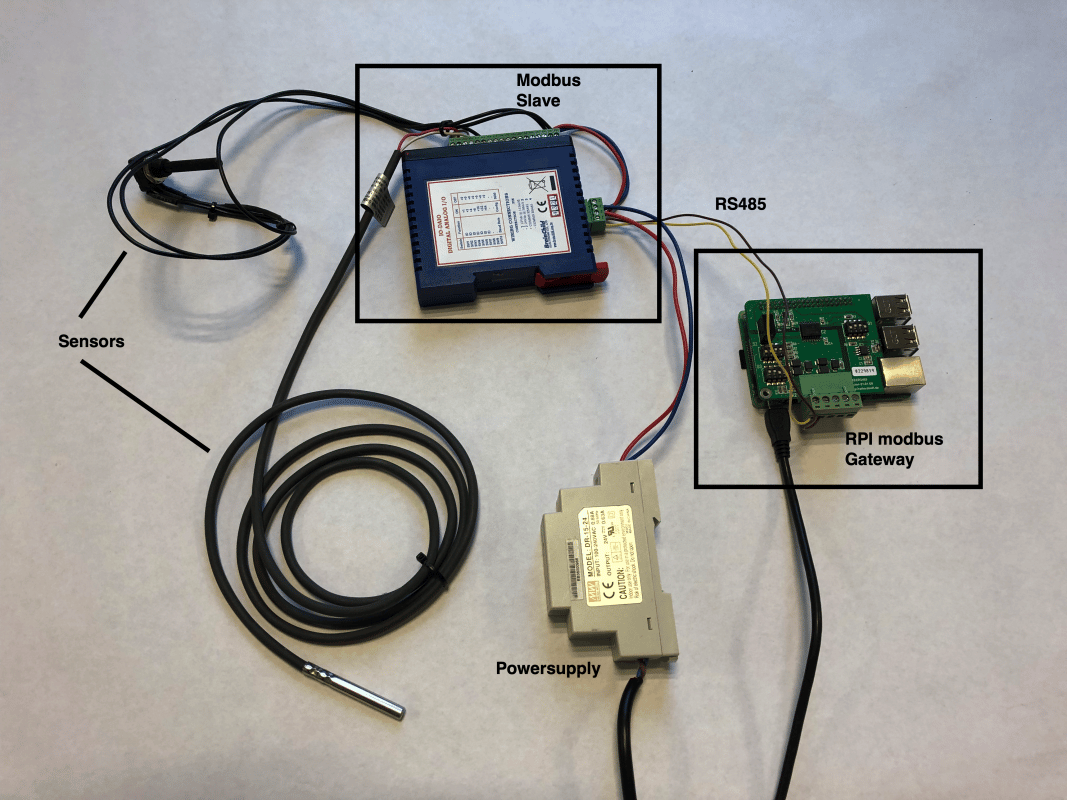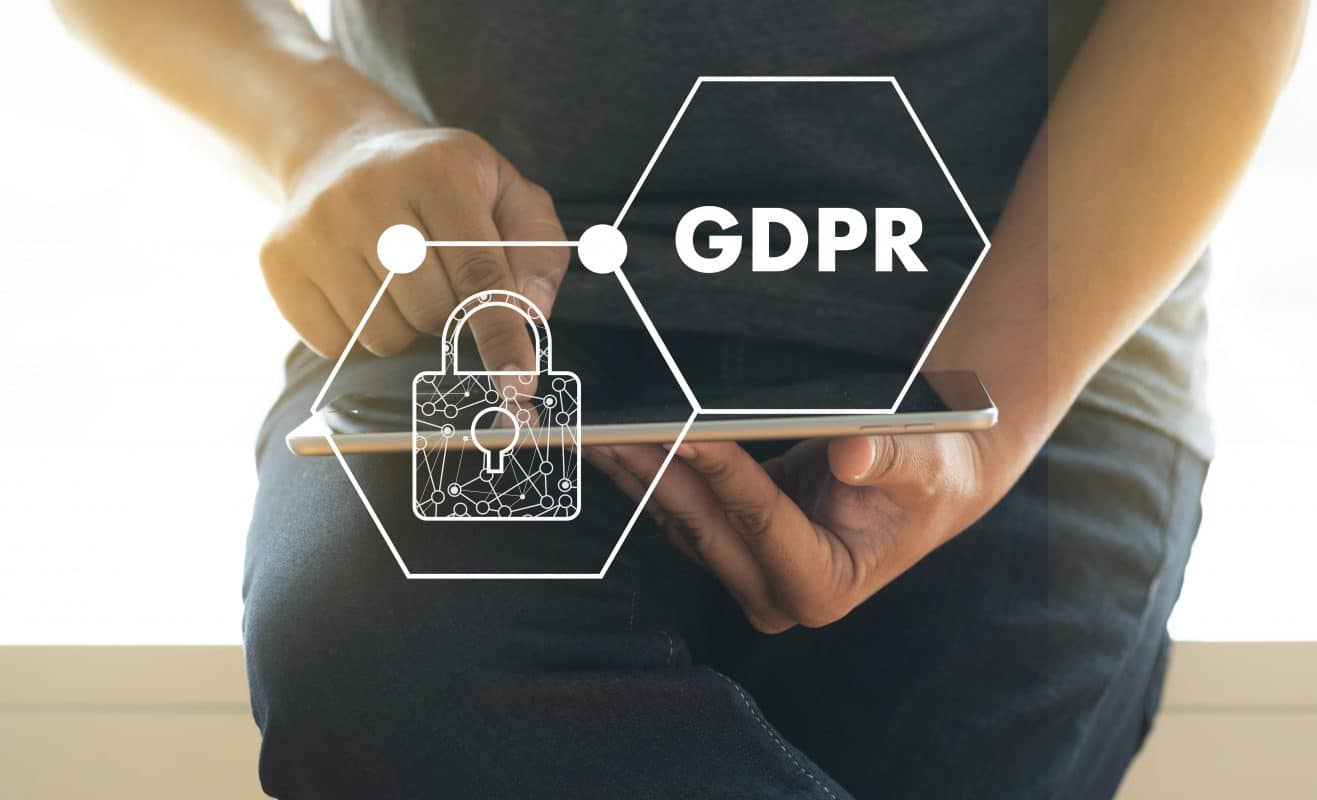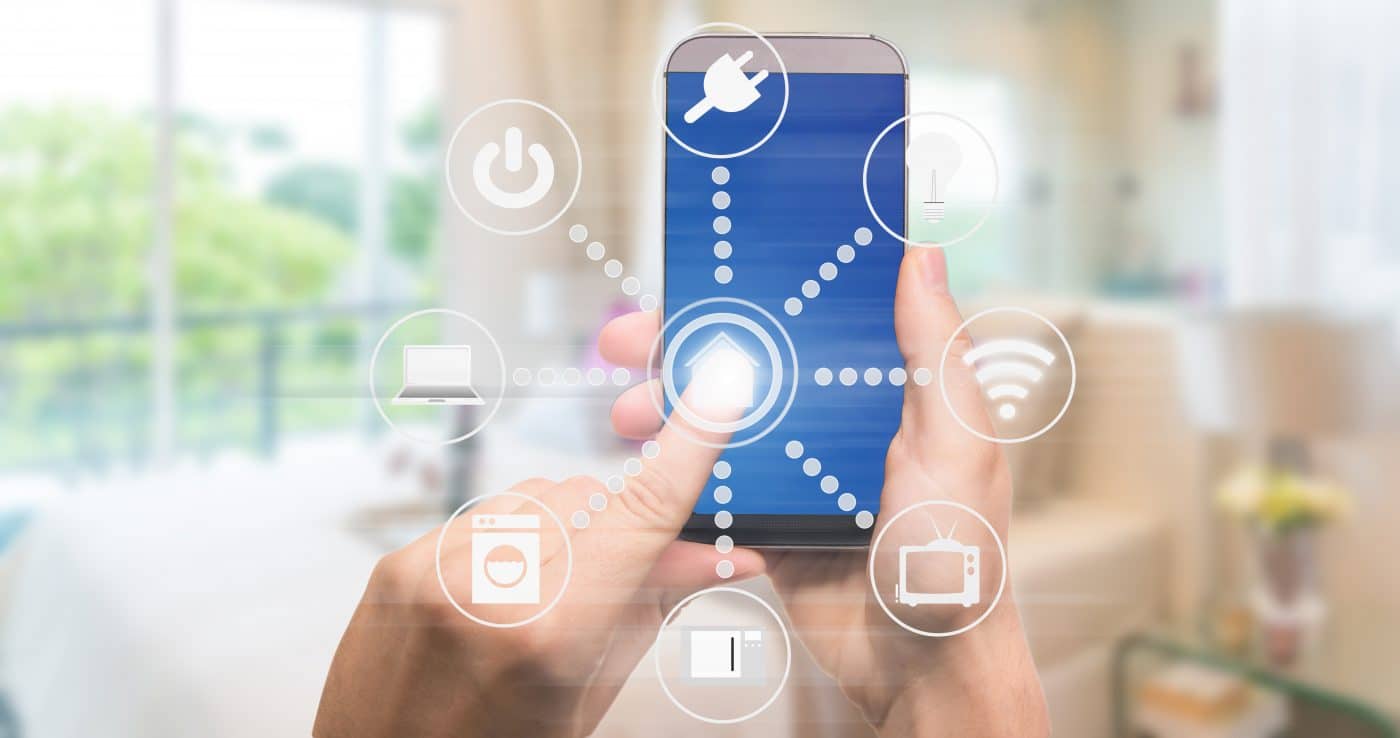In this connected world, you would naturally expect to be able to view video surveillance remotely from your computer or a smartphone. Thanks to the Internet of Things (IoT), you can do that. But in a majority of IoT surveillance systems, it takes a lot of effort to set up the remote communication between a […]
Tag Archives: P2P
Internet of Things (IoT) video is the latest trend for real-time streaming. An IoT security camera or IoT webcam can connect to the internet and to a network of other cameras and devices to provide you with a live video feed that you can view from anywhere, at any time. However, there’s a slight problem […]
A slow website is bad news, right? Not only can it be incredibly irritating, but it also has a huge impact on user experience. This is also true of IoT devices — especially with the number of new ones flooding the market. As a result, SMEs and large companies have to reevaluate and reconsider the […]
You’ve probably heard of several cases involving digital privacy issues such as customer data leaking, GDPR breaches, or general lack of cybersecurity. This only stresses the importance of considering the level of privacy in an IoT solution – not only to increase end-user confidence and willingness to invest in an IoT-enabled device, but also to […]
A P2P-based IoT solution for your devices is, in general, simpler to develop and manage than the traditional server-based solution. Read along to get the answer of how a direct connection is established, and which communication patterns are supported to enable a high-performing, developer-friendly IoT solution. The design of a P2P-based IoT solution vs. a […]
In recent months both Amazon and Microsoft have launched new IoT solutions to create more secure tunneling between the end-user and the IoT device. The two solutions, the AWS IoT Device Management and the Azure IoT Device Stream have a lot in common, but compared to the Nabto IoT platform they still lack some important […]
You can say a lot about Modbus, like “old and primitive” but it’s definitely also a protocol that is very widely used and common in many products today. However, it is worth remembering that primitive is sometimes good, especially when you are interfacing systems. The modbus slave (blue box) is a Digital/Analog converter that can […]
Faced with stricter regulations on data processing under the EU’s GDPR (General Data Protection Regulation) and a growing demand for IoT-functionality within the field of consumer devices, companies now have an important decision to make when it comes to choosing the correct IoT platform. In this blog post, we’ll boil it down to just one […]
The Internet of Things (IoT) is growing at an exponential rate and being embraced by companies in every sector. Increasingly, IoT technology is providing practical solutions and operational enhancements in both industry and commerce. Gartner predicts that the amount of IoT connected devices will jump from 8 to 20 billion between 2018 and 2020. Here […]
Database-driven IoT is when data from the IoT device travels to a centralized server that stores and process the data in a cloud database, as you can see in the illustration above. A use-case could be the current temperature from a thermostat. In this use-case, the thermostat measures the temperature via a sensor and sends […]










